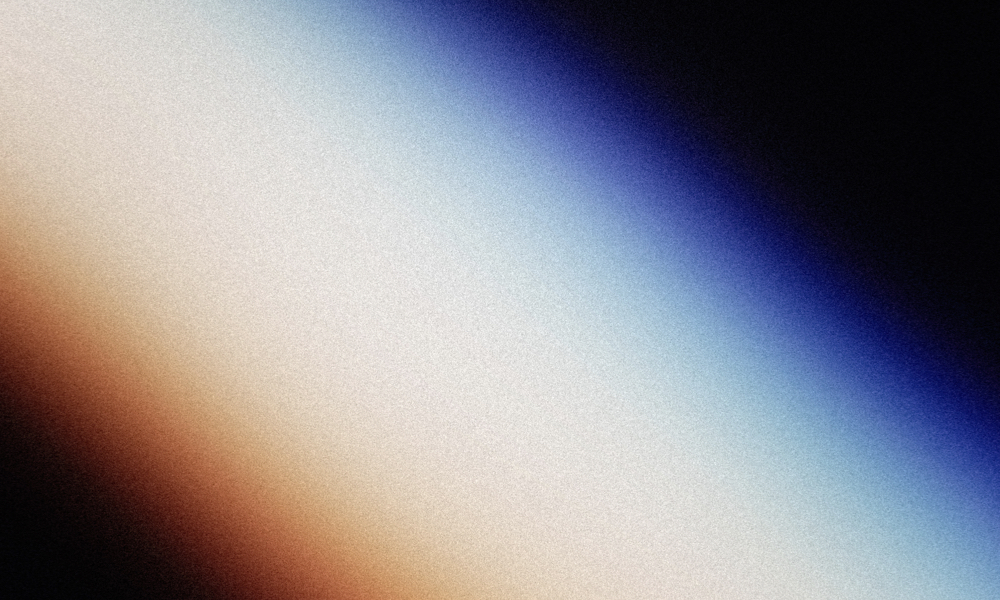
ESA Open Invitation to Tender AO9742
Open Date: 19/12/2019
Closing Date: 19/03/2020 13:00:00
Status: ISSUED
Reference Nr.: 19.1TT.23
Prog. Ref.: CC for Advanced Tech
Budget Ref.: E/0505-01C – CC for Advanced Tech
Special Prov.: BE+DK+FR+DE+IT+NL+ES+SE+CH+GB+IE+AT+NO+FI+PT+GR+LU+CZ+RO+CA+PL+HU
Tender Type: C
Price Range: > 500 KEURO
Products: Satellites & Probes / Structures / Primary Structures / Satellites & Probes / Structures / Secondary Structures
Technology Domains: Optics / Optical Equipment and Instrument Technology / High-Precision Optical Metrology
Establishment: ESTEC
Directorate: Directorate Telecom & Integrated Applica
Department: Telecom Technologies,Product&Systems Dep
Division: Technologies and Products Division
Contract Officer: Rinaudo, Nicole
Industrial Policy Measure: C1 – Activities in open competition limited to the non-Larg…
Last Update Date: 19/12/2019
Update Reason: Tender issue
The objective of this activity is to develop and demonstrate in-orbit optical shape sensing as needed for in-orbit structure distortion and antenna distortion detection and monitoring. A sensor breadboard shall be designed and the shape sensing performance testedon a representative hardware under Space environmental conditions. Targeted Improvements:Enabling the measurement in real-time ofstructure and antenna distortions in space.Description: Currently, there is no technique available to measure the in-orbit mechanical distortion of a spacecraft in operation. Within the satcom market, having an in-orbit shape detecting capability would offer two main improvements:1. Improvement of spacecraft pointing performance. Currently, distortion between the attitude control reference(star tracker) and the active antennacauses a beam pointing error. These errors are caused primarily by distortions of the spacecraftand antenna structures. There is also a contributionto this error from the antenna boom and associated mechanisms. Having knowledge of this pointing error will enable compensation techniques. Thiswill lead to improvement of beam pointing accuracy, enabling smaller beams, higher transmission frequencies and thus increased communicationcapacity as requested by operators.2. Improvement ofantenna RF performance. Measurement of the thermo-elastic distortion of the active antenna surface would enable an activecompensation system to re-focus and reshape the antenna.A possible solution could be the use of distributed optical fibre sensing. Distributed optical fibre sensing and novel optical fibre geometries, such asmulticore optical fibres, are becoming a disruptive technology allowing the possibility of turning a lightweight optical fibre into a powerful sensorcapable of sensing 1000s of points along its length and determining shape in real time.In this activity, in-orbit optical shape sensing techniques to enable in-situ distortion measurements of spacecraft structures will be developed andevaluated. A breadboard shall be designed, manufactured and performance tested, in particular to characterise the accuracy in a representativeoperational environment. Procurement Policy: C(1) = Activity restricted to non-prime contractors (incl. SMEs). For additional information please go to EMITS news “Industrial Policy measures for non-primes, SMEs and RD entities in ESA programmes”.
If you wish to access the documents related to the Invitation to Tender, you have to log in to the ESA Portal.
